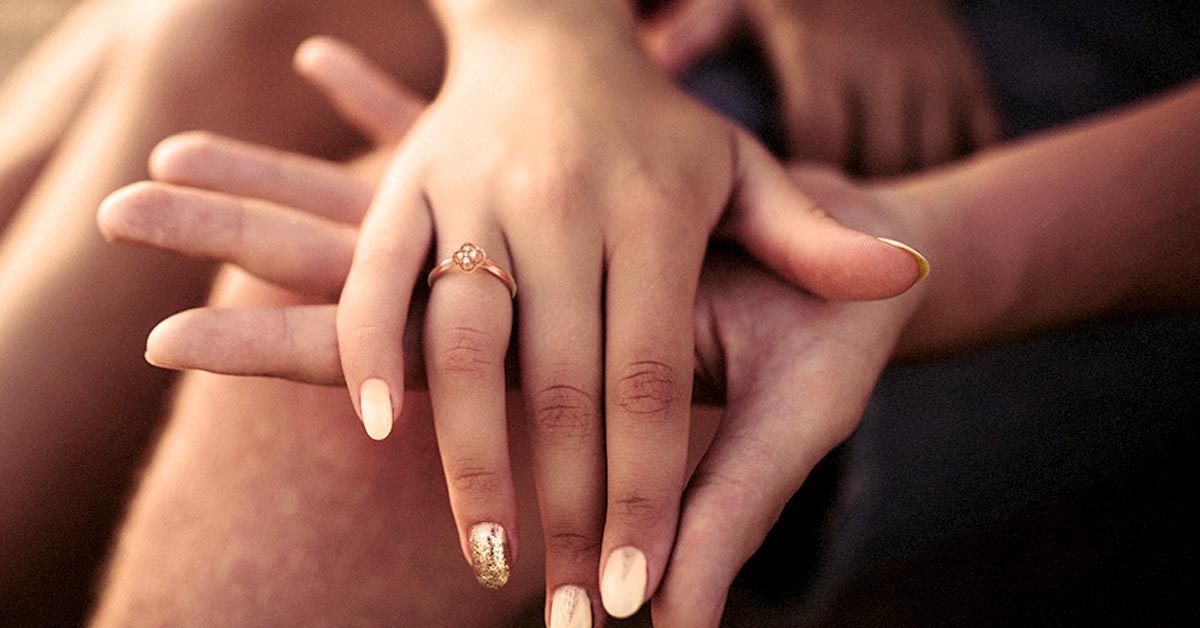Introduction
When you hear the term “lab diamonds 4Cs,” you might think of something rare and expensive. But did you know that lab-grown diamonds are becoming more popular because they are affordable and just as beautiful? If you’re new to this concept, you might wonder how these lab diamonds are different from natural ones. The answer lies in the “4Cs”—Cut, Color, Clarity, and Carat. Let’s dive into what these mean and why lab-grown diamonds are gaining attention. Ready to find out?
The 4Cs of Lab Diamonds
Cut: The Art of Shaping a Diamond
The cut is one of the most important factors in determining a diamond’s beauty. It refers to how well the diamond has been shaped and polished, impacting its brilliance and sparkle. Lab-grown diamonds can be cut with the same precision and craftsmanship as natural diamonds. Think of it as a master sculptor turning a rough block of marble into a stunning statue. The quality of the cut can make or break the diamond’s visual appeal. Wouldn’t you agree that a well-cut diamond can be breathtaking?
Color: Finding the Perfect Shade
Diamonds come in a range of colors, from completely colorless to yellow or brown. The less color a diamond has, the more valuable it is. Lab-grown diamonds can achieve the same range of colors as natural diamonds, offering you a wide variety to choose from. When choosing a man made diamonds, you’re looking for a clear, pure appearance. Imagine a drop of water—crystal clear and pristine. That’s the ideal diamond color. Wouldn’t you prefer a diamond that looks like that?
Clarity: Seeing Through the Imperfections
Clarity refers to the number and visibility of internal flaws, or inclusions, in a diamond. Lab-grown diamonds often have fewer inclusions because they are created in controlled environments. It’s like comparing a homemade cake to a professionally baked one—the professional version is more likely to be flawless. The fewer the imperfections, the more valuable the diamond. Wouldn’t it be nice to know that your diamond is almost perfect?
Carat: Measuring the Diamond’s Weight
Carat is the unit of measurement for a diamond’s weight. This is often confused with size, but it’s not the same thing. A larger carat weight doesn’t always mean a bigger diamond; it can mean a denser one. Lab-grown diamonds can have the same carat weight as natural ones, giving you more flexibility in choosing the perfect size. It’s like choosing between a heavy book and a lighter one—both might be the same size, but one has more content. Would you prefer a bigger diamond or a heavier one?
Why Lab Diamonds?
Lab-grown diamonds are gaining popularity for several reasons. They are often less expensive than natural diamonds, making them more accessible to a wider range of people. Plus, they’re eco-friendly and conflict-free, meaning they’re produced without causing harm to the environment or fueling conflicts. It’s like choosing an electric car over a gas-powered one—it’s better for the planet and often more cost-effective. Wouldn’t you like to know that your diamond isn’t harming the planet?
Conclusion
In summary, the 4Cs—Cut, Color, Clarity, and Carat—are key factors to consider when choosing a diamond. Lab-grown diamonds offer the same quality and beauty as natural diamonds but with added benefits like lower cost and environmental sustainability. So, the next time you think about buying a diamond, consider lab-grown ones. They’re not just a budget-friendly alternative; they’re also a responsible choice. Wouldn’t you want to make a purchase that looks good and does good?
Whether you’re buying an engagement ring or a piece of fine jewelry, understanding the 4Cs will help you make an informed decision. With lab-grown diamonds, you get the sparkle and elegance of a natural diamond without the hefty price tag or environmental concerns. So, are you ready to shine with a lab-grown diamond?

